Criteria for High-Quality Assessment
Criteria for High-Quality Assessment

A team of leading education researchers provide a set of criteria for assessment developers, policymakers, and educators to use to create high-quality student assessments.

A team of leading education researchers provide a set of criteria for assessment developers, policymakers, and educators to use to create high-quality student assessments.
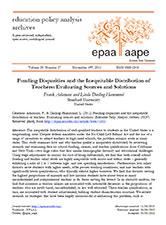
Adamson and Darling-Hammond examine the inequitable distribution of teachers by reviewing school funding, salaries, and teacher qualifications from California and New York.
In this op-ed, Prudence Carter and Kevin Welner ask, why do we ignore that poverty is what produces the achievement gap?
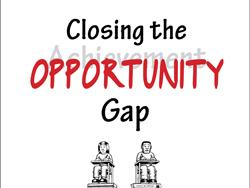
Prudence Carter and Kevin Welner bring together leading education experts to discuss policy and reform efforts that tackle the inequality of learning opportunities in U.S. schools.

In this report, Linda Darling-Hammond and Frank Adamson argue that the resources that are currently spent on student testing could support much higher quality assessments.

Darling-Hammond's book makes a compelling case for a research-based approach to teacher evaluation that supports collaborative models of teacher planning and learning.
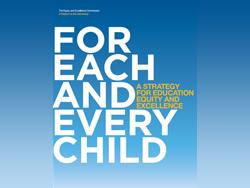
The Equity and Excellence Commission's report addresses the disparities in educational opportunities that give rise to the achievement gap, with a focus on funding, early childhood education, teacher supports, and poverty.

This report by Linda Darling-Hammond proposes effective research-based systems to address teacher evaluation and development.
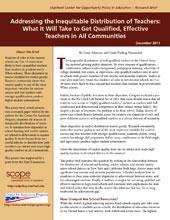
Frank Adamson and Linda Darling-Hammond examine how and why well-qualified teachers are inequitably distributed to students in the United States.
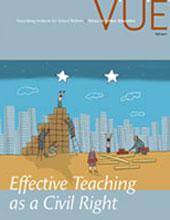
Darling-Hammond argues that better ways of evaluating teachers must be integrated with systems that develop teacher competence and motivate teaching highest-need students.